Secrets of Ground Work
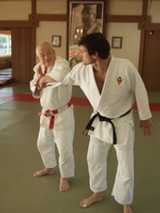
The Mecca Of Judo’s “The Kodokan’s”
Okuden of Ne Waza
Secrets of Ground Work
By Don Warrener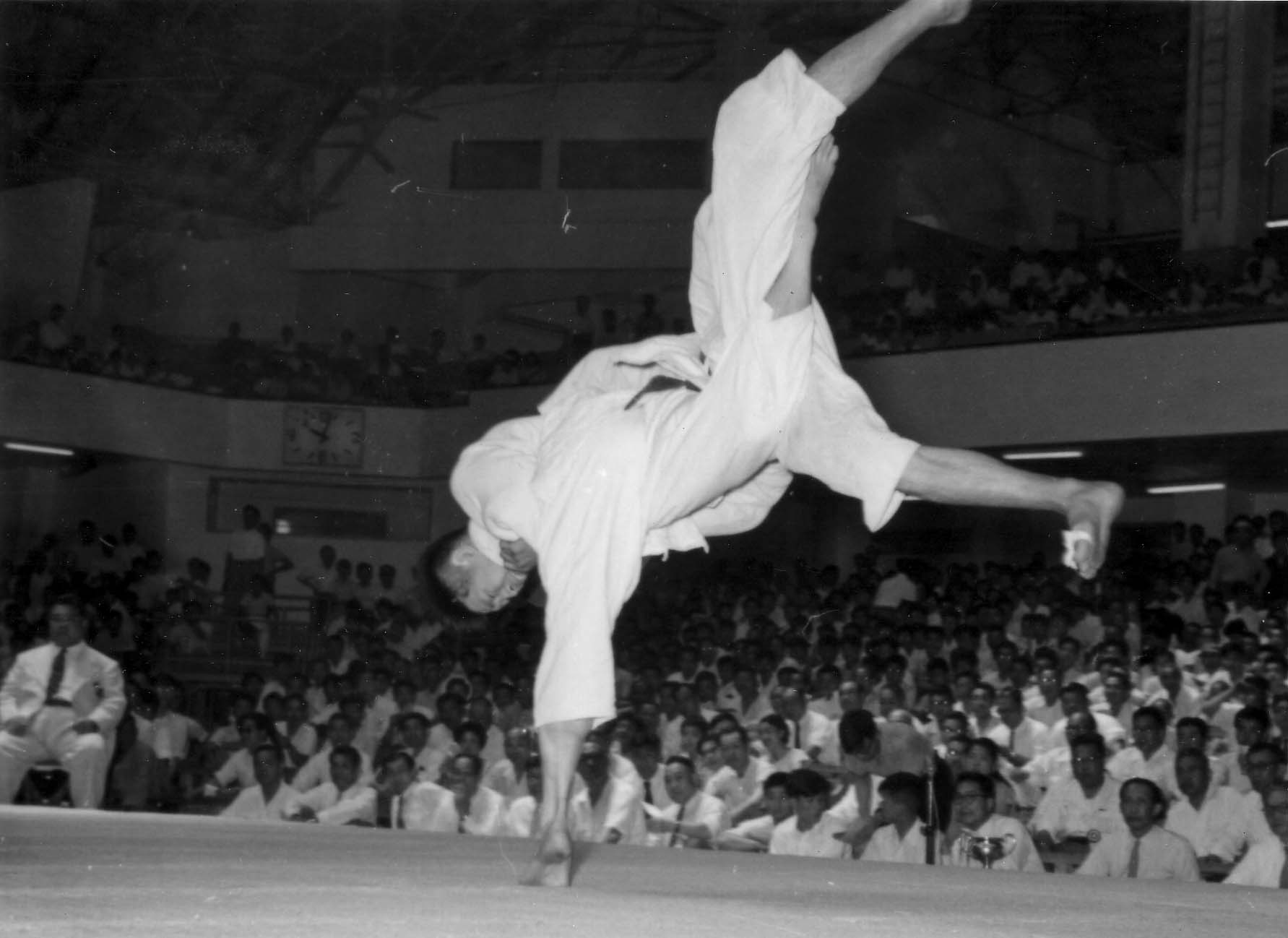
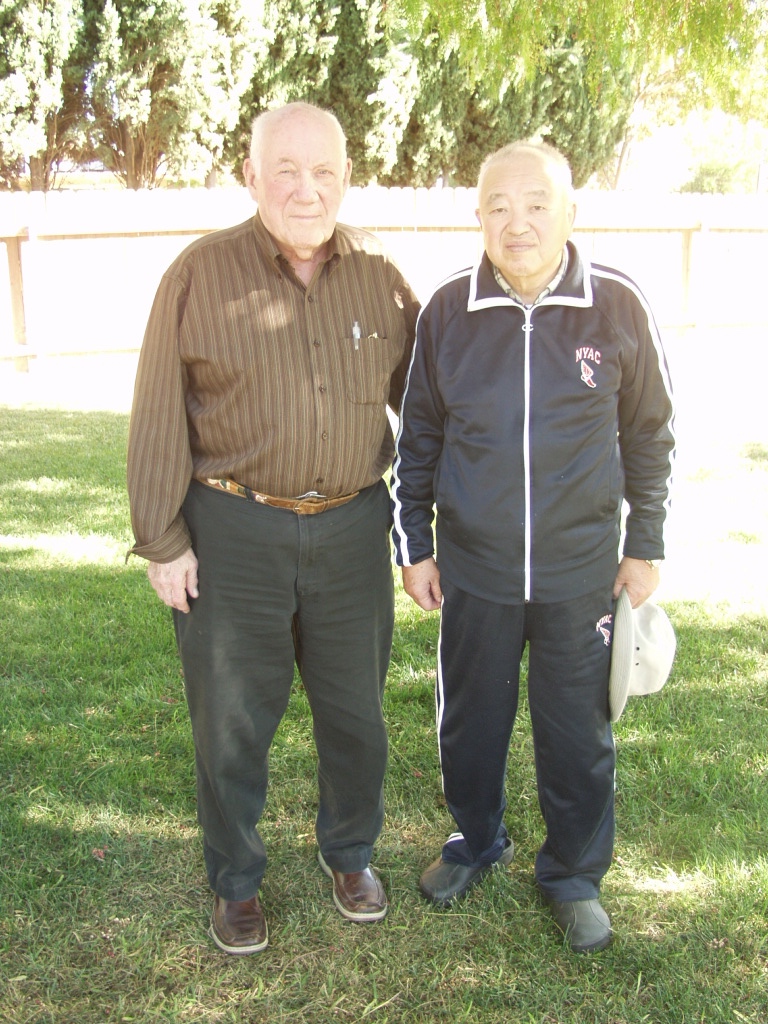 There
are few if any alive who had the honor and pleasure of training with the
founder of Aikido, Moreihei Ueshiba, the founder of Japanese Karate, Gichin
Funakoshi, and as well trained in Old School Judo but such a man is still alive
and his name is Toshikazu Okada now 73 years old and still going strong.
There
are few if any alive who had the honor and pleasure of training with the
founder of Aikido, Moreihei Ueshiba, the founder of Japanese Karate, Gichin
Funakoshi, and as well trained in Old School Judo but such a man is still alive
and his name is Toshikazu Okada now 73 years old and still going strong.
Still traveling the world and spreading the word of his first love and passion Judo we caught up with the Master in Los Angeles California where he was teaching a wide range of seminars on the west coast.
He began his training in 1946 right at the end of the war. Martial arts had been banded by General MacArthur but he soon gave way to allowing Judo to be practiced once again as it was considered a sport not a martial art.
Okada Sensei started training at the Old Kodokan six days a week and then he met a man that would change his life. He met during one of the sessions a legend in Judo, Tsunetane Oda. Oda Sensei’s forte was newaza or ground work in fact he believed that Judo should be 50% ground work and 50% throwing techniques (nage waza). In other words he felt that ground work was as much of an importance to Judo as throwing.
Okada carries on the tradition of specializing in ground work and has taken his Sensei’s repertoire of over 250 techniques plus variations and has developed and improved them over the last 60 years. He has never actually counted all his techniques but he says that his students say he has over 500 techniques and variations which is more then the average person can begin to remember.
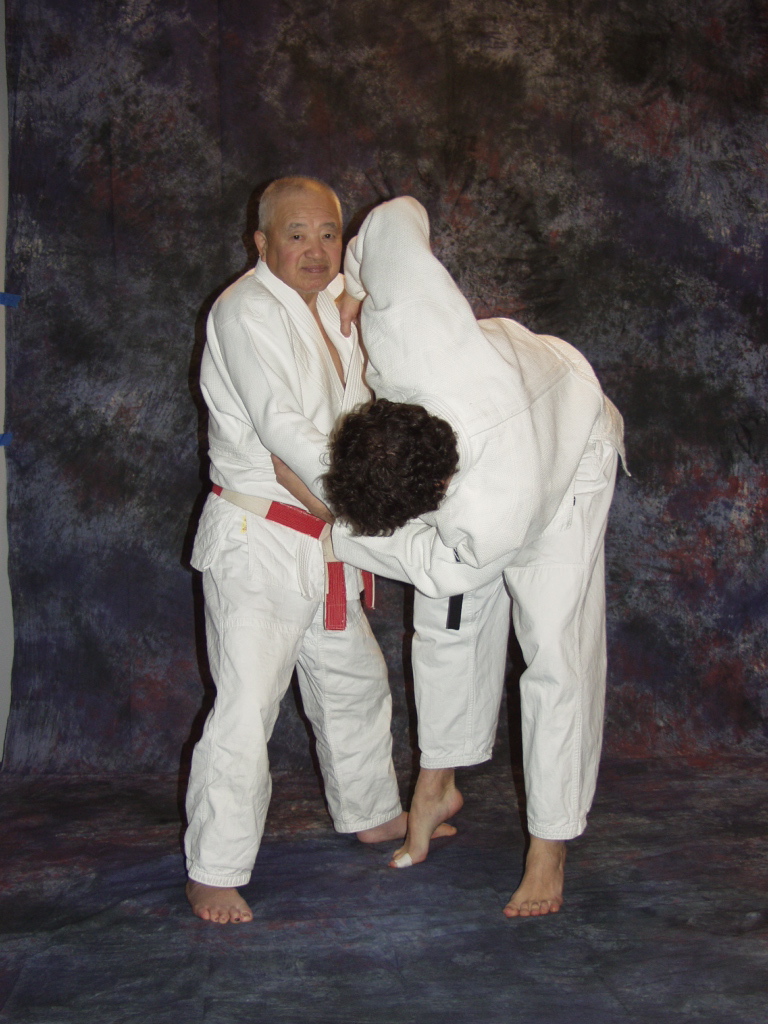 Oda
Sensei was in Los Angeles as a guest of American Judo icon Hal Sharp who was
featured in a 1968 article in Black Belt in which he was dubbed the Body Guard
of The Emperor Of Japan. We decided to take the opportunity to ask him
questions on history, technique and the personalities that are nothing more
then legends in today’s martial arts world.Q -
Is it true that there were two distinct schools of thought on how Judo should
be developed.
Oda
Sensei was in Los Angeles as a guest of American Judo icon Hal Sharp who was
featured in a 1968 article in Black Belt in which he was dubbed the Body Guard
of The Emperor Of Japan. We decided to take the opportunity to ask him
questions on history, technique and the personalities that are nothing more
then legends in today’s martial arts world.Q -
Is it true that there were two distinct schools of thought on how Judo should
be developed.
A- Yes. Kano Sensei believed that it should be 10% ground work and 90% throwing while my teacher Oda Sensei believed it should be 50% ground 50% throwing. When he confronted Kano with this idea Kano said no I respectfully disagree as when you are on the ground the attacker can simply kick you. Oda got on the ground and said ok try to kick me. After trying it and seeing it was not so easy Kano changed it to 25% ground 75% throwing. Nowadays in the Kodokan they are training 50% ground and 50% throwing techniques
Q- Why did Oda sensei specialize in ground work
A - Well he came from Nara which is the oldest city in Japan and near Kyoto and Judo in those early days in the 1930’s was much different. In Oda Sensei’s dojo they had no mats only a wood floor and hence they worked on ground work more so then throwing otherwise they would have had more injuries. This is why the Dai Nippon Butoku Kai in Kyoto became much more famous for their ground work then throwing. Kyoto and Nara are close to each other and this emphasis ran over into the Dai Nippon Butoku Kai prior to WW2. In Tokyo and in the Kodokan there was lots of tattami’s and hence Kano wanted more throwing then ground work.
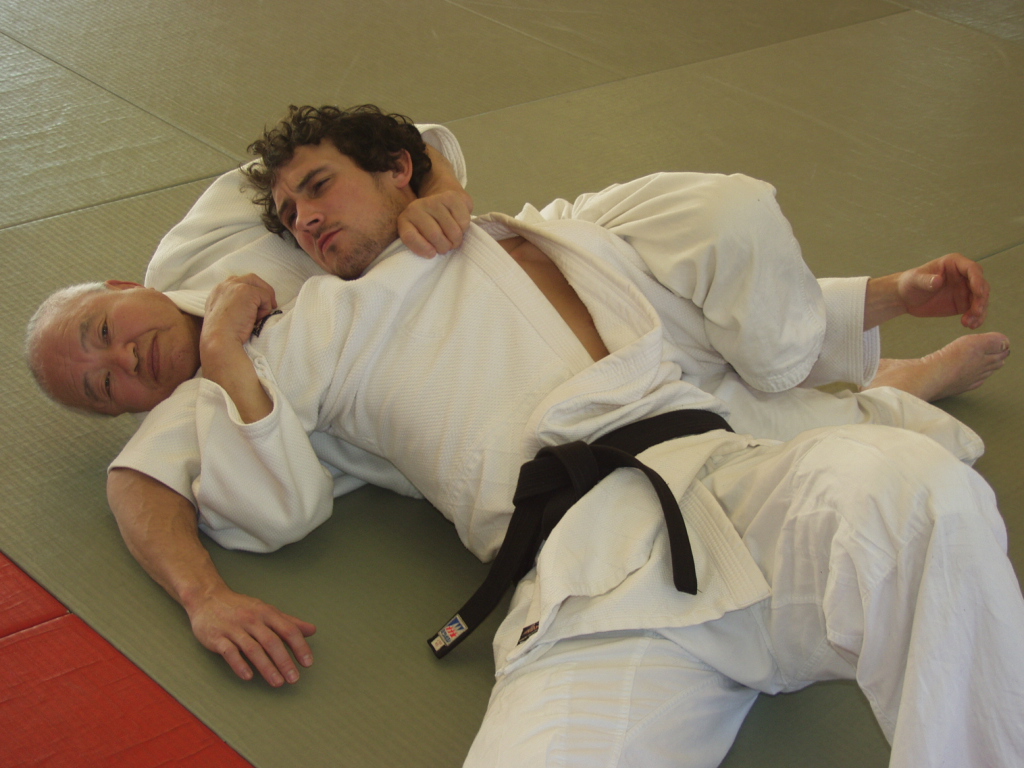 Q –
Can you tell us about Oda Sensei’s Judo?
Q –
Can you tell us about Oda Sensei’s Judo?
A – I first met the Sensei at the Old Kodokan and he asked me to come to his personal dojo and train and I did so for at least 3 years daily training with the master. He was not just a terrific teacher but also a real master of the martial arts. On one occasion I was staying over at his house in the winter and sleeping on the tattami at night when he came in and said to sleep in this other room in a different bed. When I woke up in the morning I realized that I was sleeping in his bed and he had given me his bed because the dojo was too cold for me. He slept in the dojo on the cold tattami.
Q- You met or trained with so many of the real legends of Japanese martial arts names like Ueshiba, Oda, Funakoshi, Mifune and Kimura and others can you tell me a little about each of them. Lets start with Ueshiba.
A – Well I trained with the founder of Aikido for a while but my true love was Judo. He insisted that I quit Judo and train only in Aikido but my love and passion was Judo. The thing that I recall about O’Sensei was that he had a very strong will as he taught Aikido as a Martial Art and the emphases was on Martial or Military with all the severe discipline that goes with military training and I also remember how he was very much into the Universe and its control of our lives.
Q- Funakoshi.
A – Well although I was not really a student of Karate with Funakoshi I did see him perform his last demonstration in 1953. I believe it was the day the JKA was formed. He was very good friends with Kano Sensei and in fact this is where Funakoshi got the idea of using the belt system that Kano had devised and as well he helped Kano in his development of atemi waza or striking techniques for Judo. After many long and in depth conversations Kano added the striking techniques of karate to the judo curriculum.
Q – Mifune.
A – Well I had many opportunities to train with Mifune and he was a master of technique and throwing in particular. They say he was never thrown off his feet after he made Black Belt. He was like a cat on his feet and could adjust to almost anything. I recall one time seeing him doing randori or sparring and his opponent outweighed him by at least 75 pounds and simply picked him up and began to slam him to the mat in frustration but Mifune never let go and in doing so he ended up throwing his opponent for a full point at the same time. He was amazing and his demonstrations were spectacular as he explained the different principles of how and why Judo works as only he could do.
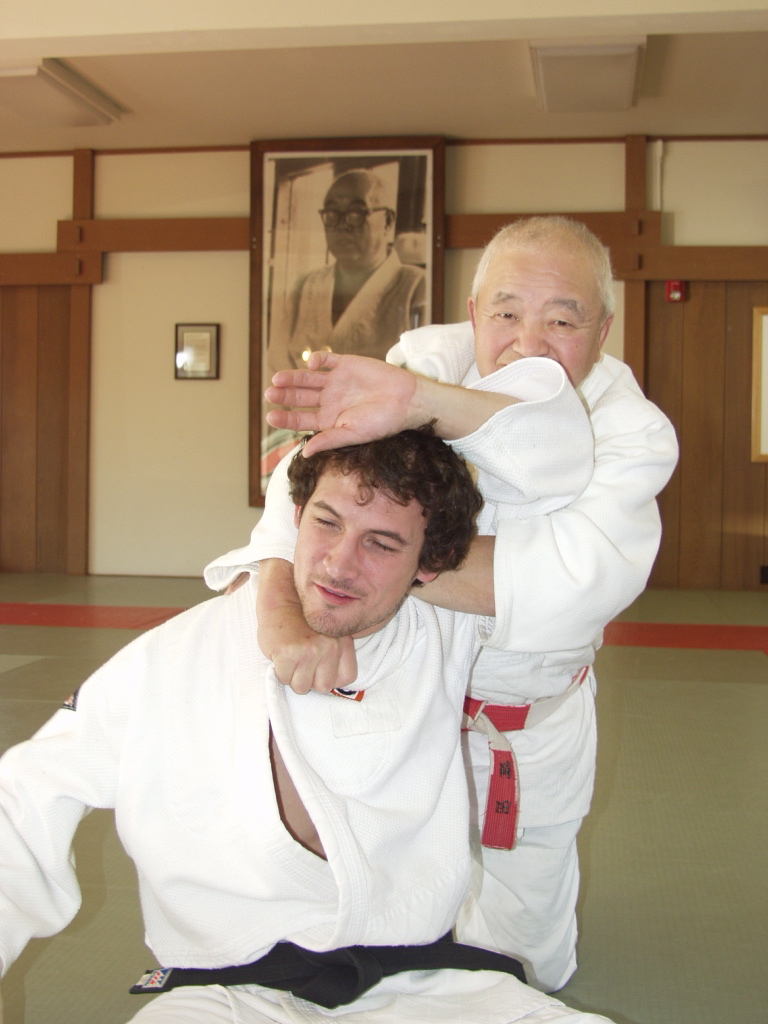 Q –
Kimura.
Q –
Kimura.
A - Well Kimura was really a very special Judoka and his fighting spirit was amazing he was the one who went to Brazil in the early 1950’s to participate in wrestling much to the dismay of the Kodokan. He also beat Helio Gracie in a match where he broke Gracie’s arm and his corner had to throw in the towel.
Q – Daigo.
A – A two time All Japan Champion and the most recent 10th Dan in Judo Daigo Sensei was one of the strongest and most fierce fighters the Kodokan ever produced. Plus he is very intelligent and a real leader at the Kodokan nowadays.
Q – Oda.
A – He was my teacher and I was so impressed with his kindness as well as ground work he was often said to be like an octopus as he seemed to use every limb in every technique. Once he got a hold of you he had so many variations of each technique it seemed endless. He was able to flow from one technique to another almost like a master of Chess would do.
Q- What is your opinion of modern day cage fighting like in the UFC.
A- I personally think they are very good fighters and they are the proof in the modern world that ground work is very important in real fighting. Look at how many matches are ended with submission techniques.
In summary Okada Sensei is a man who carries on a tradition of ground work ne waza from his teacher Oda Sensei who taught him the intricacies that many Judoka have simply never been taught as it is not the glorious and spectacular throwing techniques of Judo that everyone wants to learn.
Okada Sensei still travels the world teaching on a regular basis, visiting such countries as Italy and America to teach the okuden (secrets) of Judo’s newaza. When not traveling the world he still travels up to three hours to the Kodokan the Mecca Of Judo just to train and then come home to do it again the next day.
